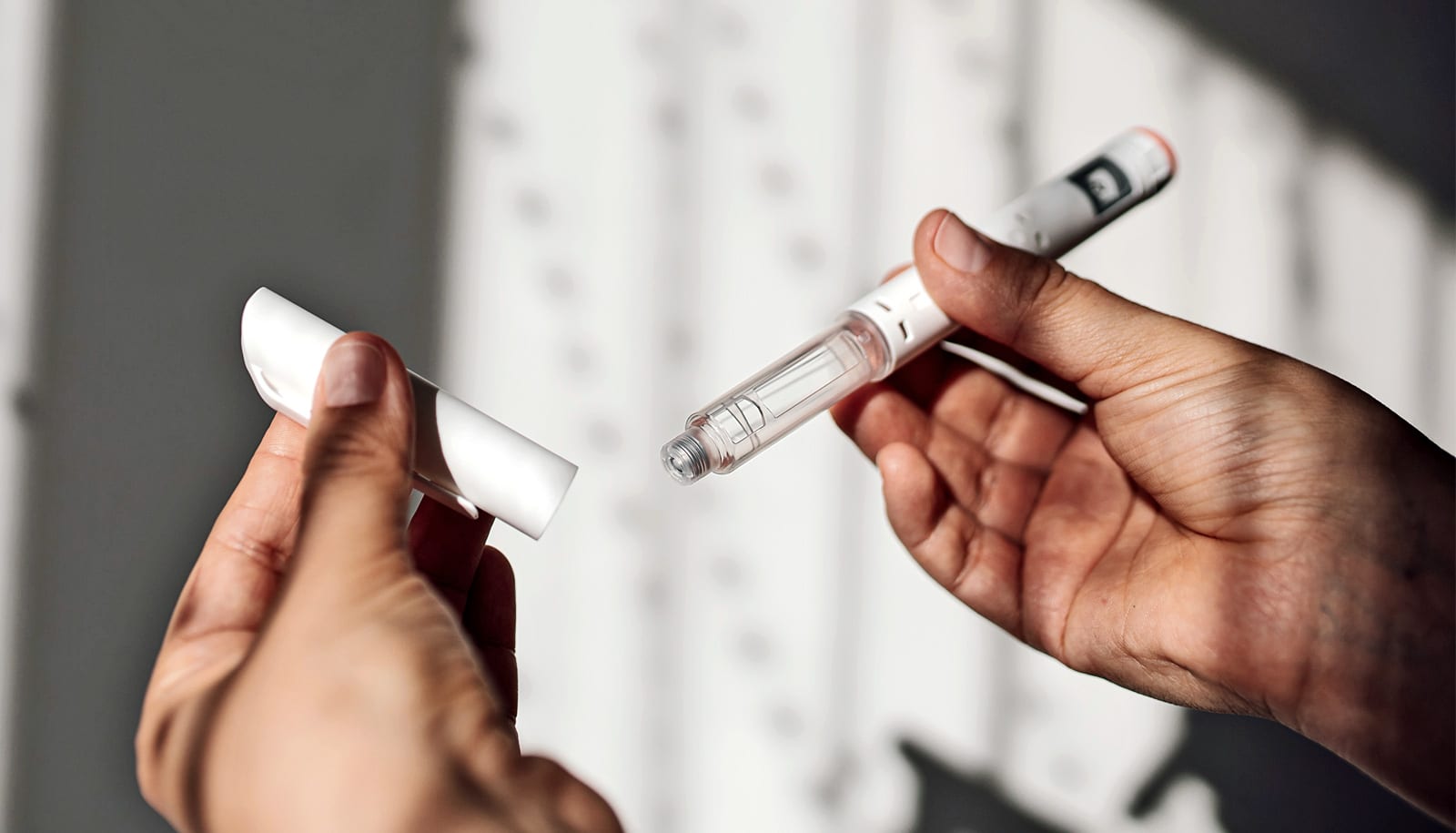A new study suggests that online courses given to nurses can lower the rate of nonadministration of prescribed and necessary doses of blood thinners, meant to prevent lethal blood clots in hospitalized patients.
More than 100,000 people die from VTE annually—that’s more than the number of lives taken by breast cancer, AIDS, and motor vehicle collisions combined.
The research was spurred by a documented need to boost administration of prescribed heparin and other blood thinners to prevent venous thromboembolism, and data showing that patients’ refusal of the drugs frequently resulted in nurses’ not giving them.
A report summarizing the study, which appears in PLOS ONE, provides evidence that the online education was successful in giving nurses tools to communicate the serious need for the drugs to patients and improve rates of use.
“We teach in hopes of improving patient care, but there’s actually very little evidence that online professional education can have a measurable impact. Our results show that it does,” says Elliott Haut, an associate professor at the Johns Hopkins University School of Medicine and the paper’s senior author.
Venous thromboembolism (VTE) is a blood clot that starts in a vein (often in a limb) and affects 350,000 to 600,000 people in the United States each year. More than 100,000 people die from VTE annually, when a clot breaks off and travels to the lung—a total that is more than the number of lives taken by breast cancer, AIDS, and motor vehicle collisions combined.
“…it’s not just what you teach, but also how you teach it.”
“While injectable blood-thinning drugs, such as heparin, can prevent VTE, upwards of 15 percent of prescribed doses are never administered to hospitalized patients, most often due to patient refusal,” says Brandyn Lau, an assistant professor of surgery at the university’s University School of Medicine and the paper’s first author.
For the study, the team developed two online education modules about the importance of VTE prevention and tactics for better communicating its importance to patients.
One module was “dynamic,” involving a scenario-based experience in which nurses selected responses within given clinical scenarios, such as how to respond to a patient who was refusing a prophylactic medication dose. In the “static” arm, nurses saw a PowerPoint slide show and traditional voice-over explaining the information.
Tough cases scar nurses, but this program can help
The investigators recruited 933 permanently employed nurses on 21 medical or surgical floors at the Johns Hopkins Hospital. Between April 1, 2014 and March 31, 2015, 445 randomly selected nurses on 11 of the floors took the dynamic education arm of the study; and 488 nurses on 10 floors were enrolled in the static arm.
To track nonadministration rates, the researchers retrieved data on VTE-preventing medication administration from the hospital’s electronic health record system. The team collected data for one year and divided it into three time periods: baseline, education intervention, and post-education. During the entire study period, 214,478 doses of blood clot-preventing medications were prescribed to patients on the 21 hospital floors.
After education, overall nonadministration rates were reduced from 12.4 percent to 11.1 percent. Nurses who completed the dynamic education module, however, saw a greater reduction in non-administration (10.8 percent to 9.2 percent) than those who completed the static education module (14.5 percent to 13.5 percent).
“Our study adds to evidence that the way something is taught to professionals has a great influence on whether they retain information and apply it,” says Lau.
“Active learning seems to get better results than passive learning, showing that it’s not just what you teach, but also how you teach it,” he explains.
“Now that we’ve shown the modules can be effective in improving practice, we want to make it available to the more than 3 million nurses practicing in the US,” Haut says.
The Patient-Centered Outcomes Research Institute (PCORI) funded the study.
Registered nurses cut drug errors at nursing homes
A grant from the AHRQ supports Lau and Haut. A grant from the Institute for Excellence in Education Berkheimer Faculty Education Scholar Grant and a contract from the Patient-Centered Outcomes Research Institute (PCORI) supported Lau. Haut is a paid consultant and speaker for the “Preventing Avoidable Venous Thromboembolism—Every Patient, Every Time” VHA/Vizient IMPERATIV® Advantage Performance Improvement Collaborative. Haut receives royalties from Lippincott Williams & Wilkins for a book—Avoiding Common ICU Errors. He is also a paid consultant and speaker for the Illinois Surgical Quality Improvement Collaborative.
Source: Johns Hopkins University



